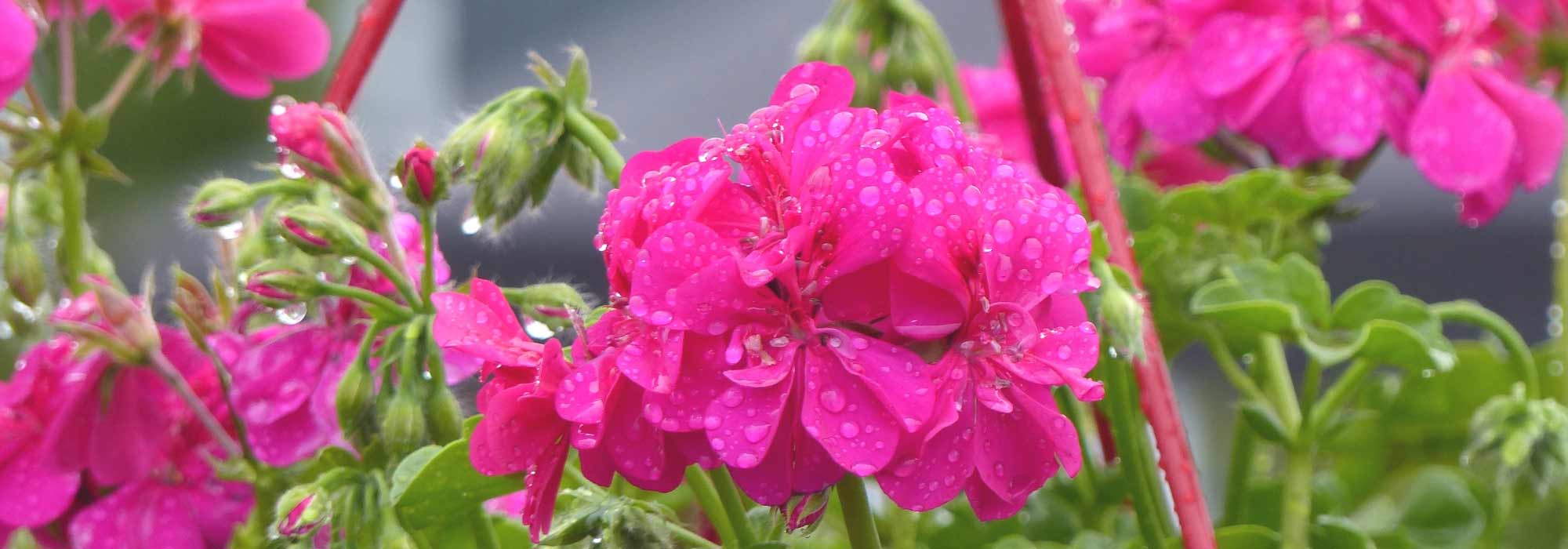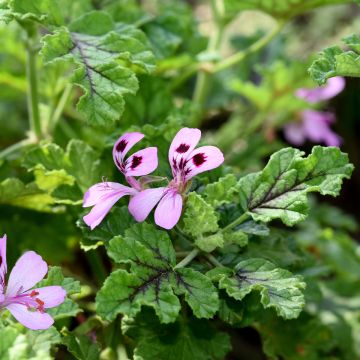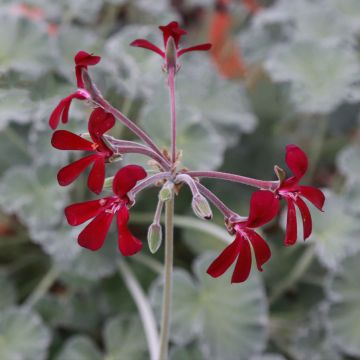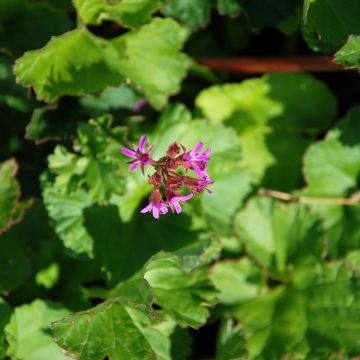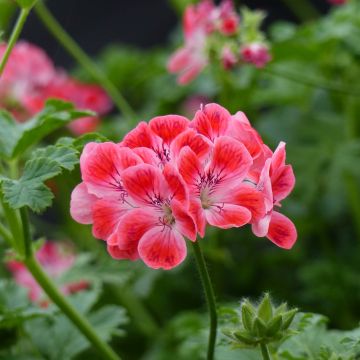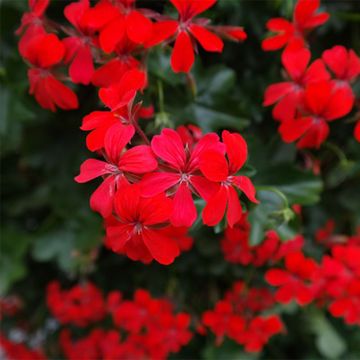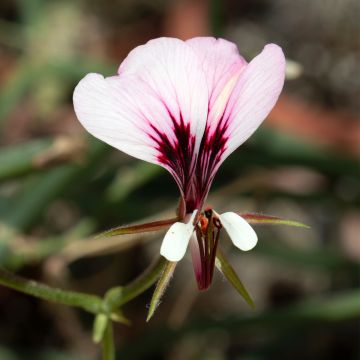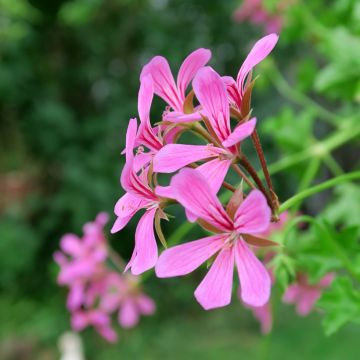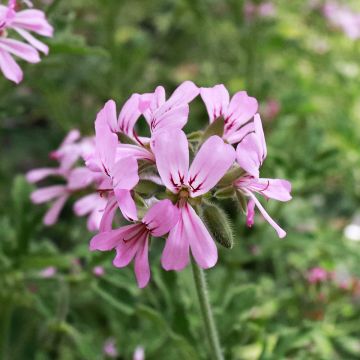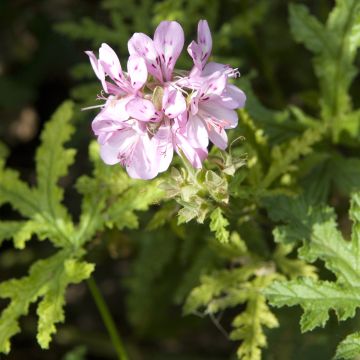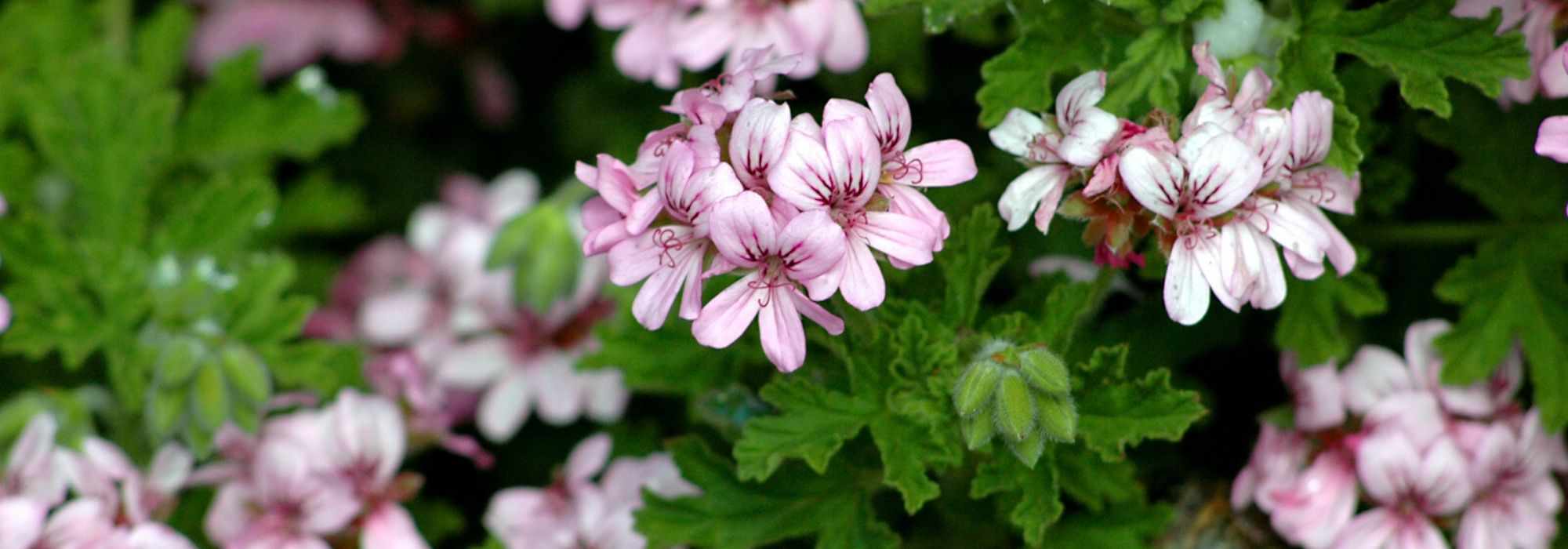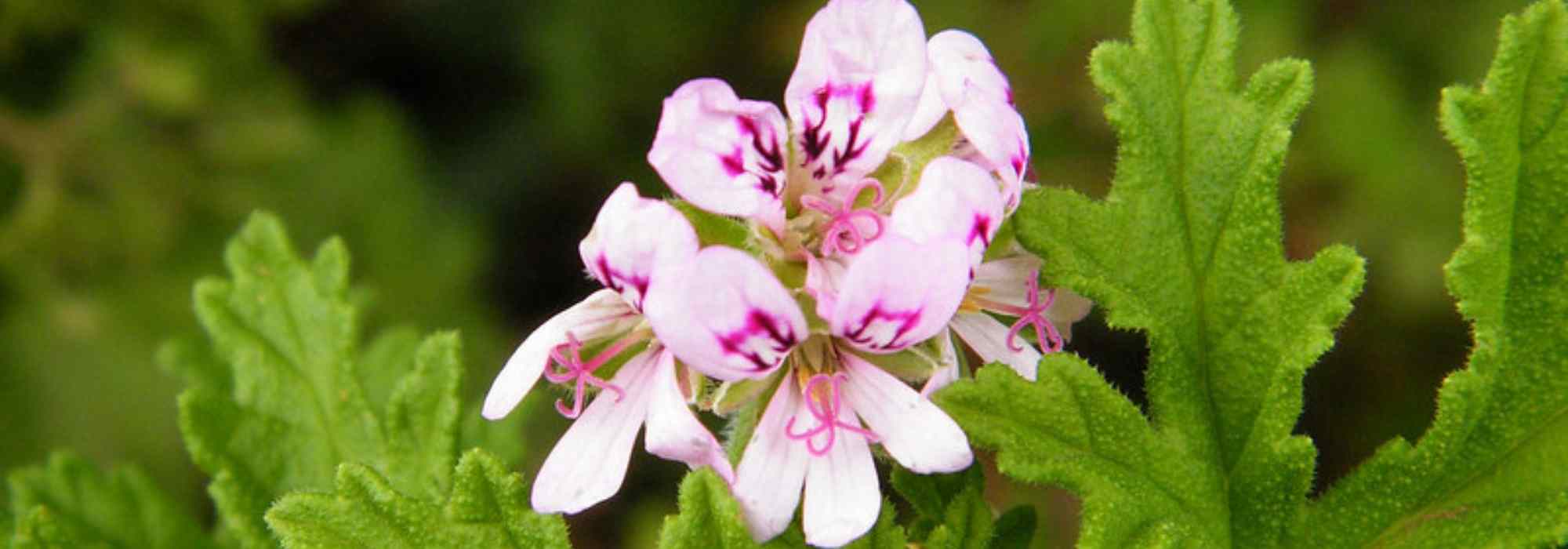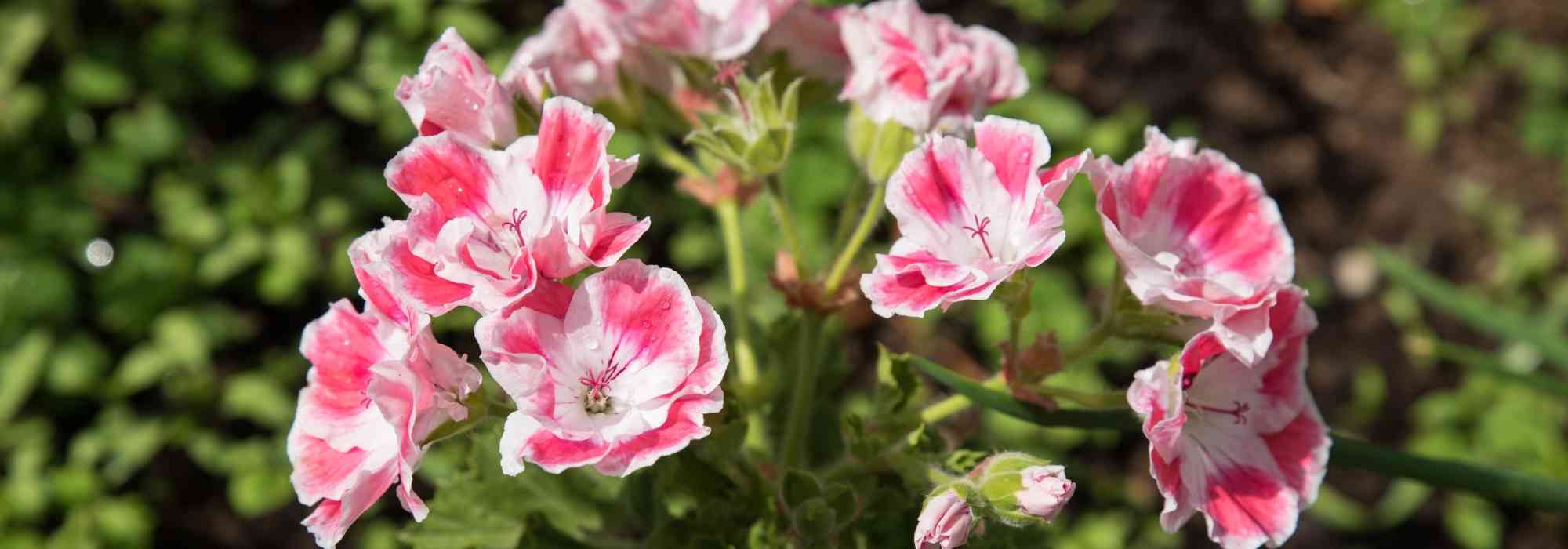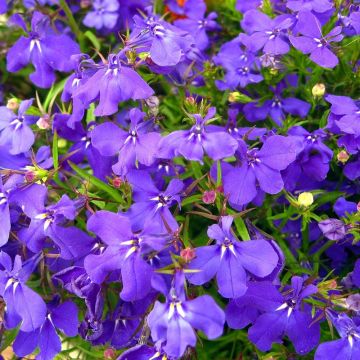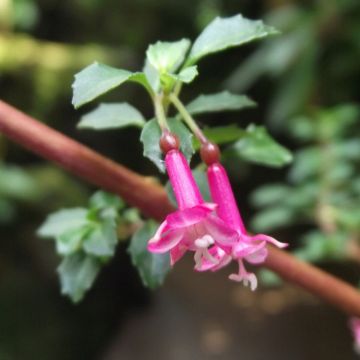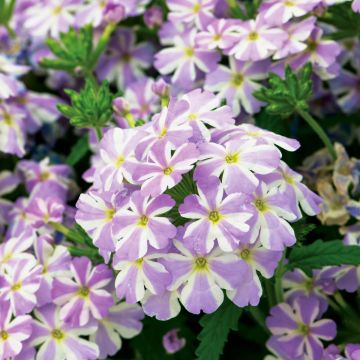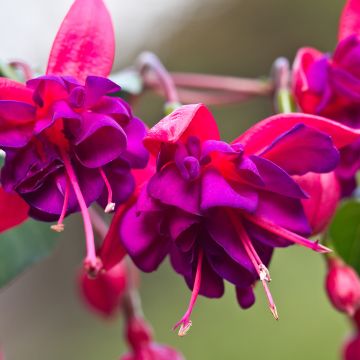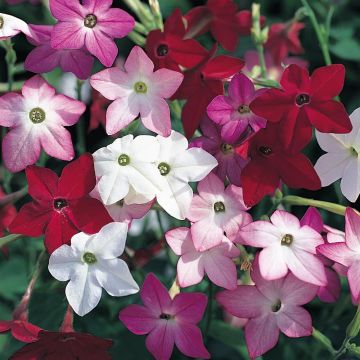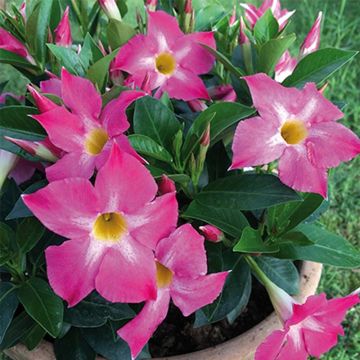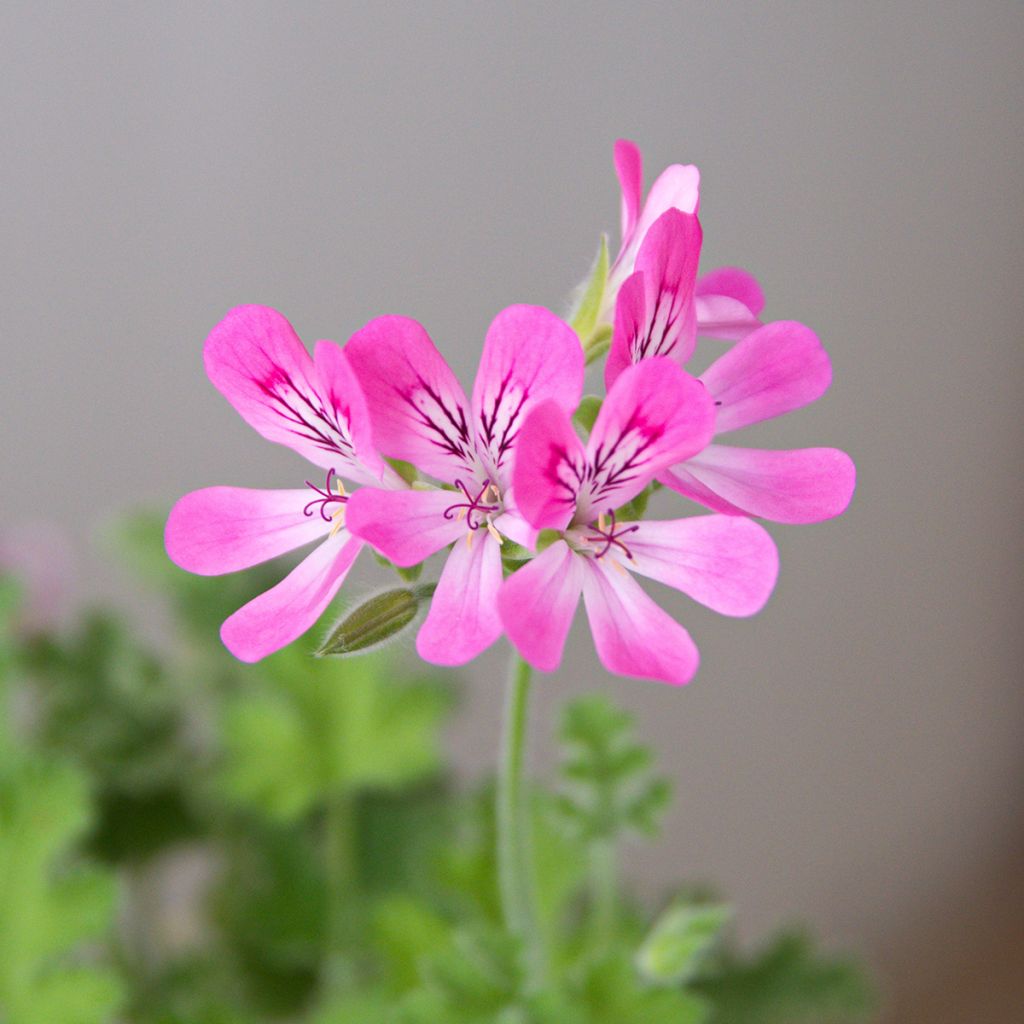

Pelargonium odorant Pink Capricorn - Géranium parfum rose coriandre
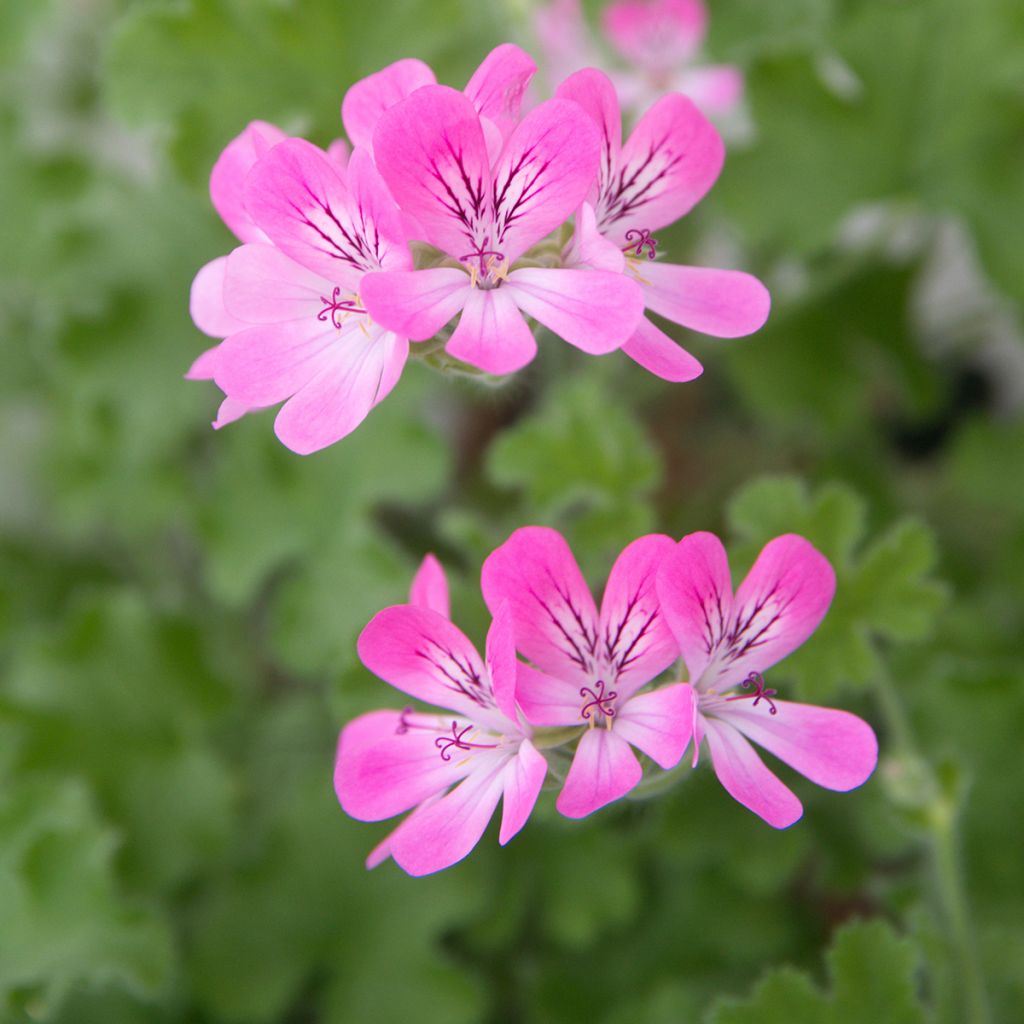

Pelargonium odorant Pink Capricorn - Géranium parfum rose coriandre
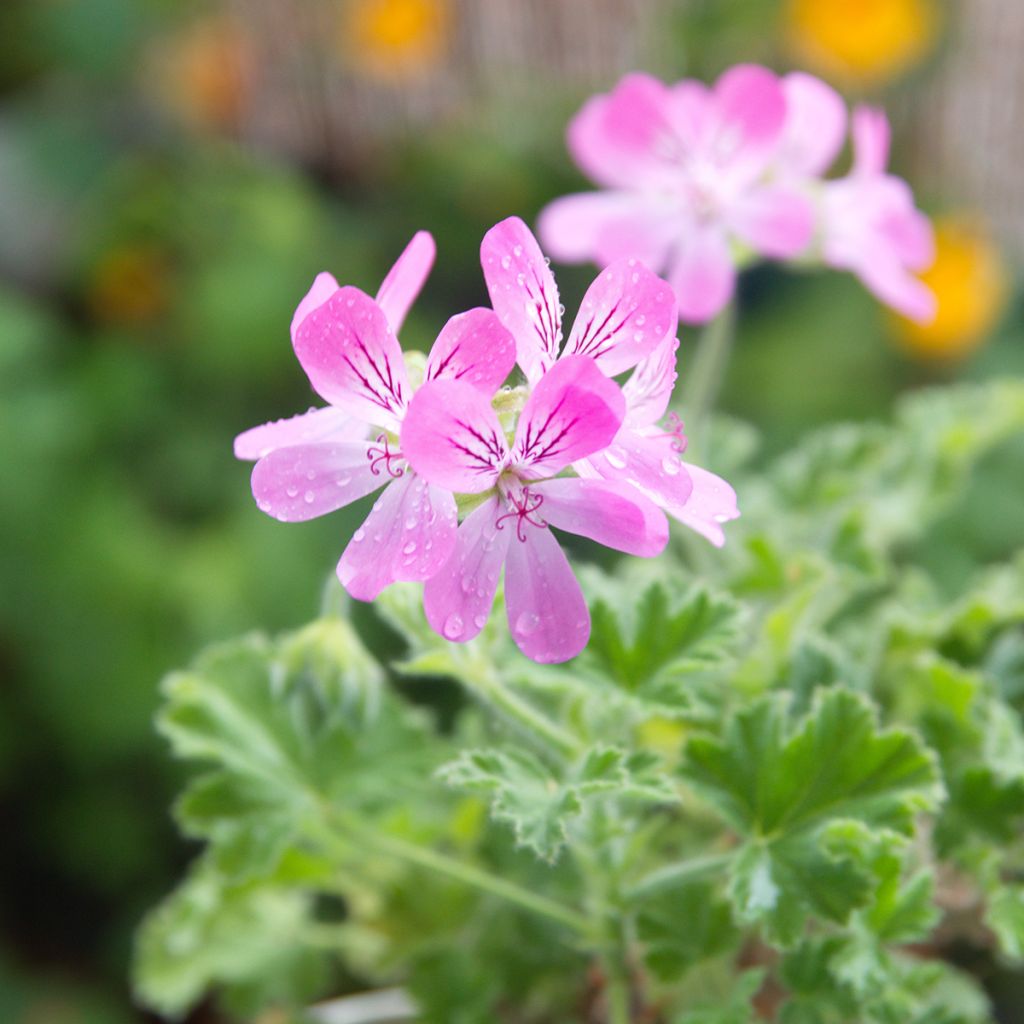

Pelargonium odorant Pink Capricorn - Géranium parfum rose coriandre
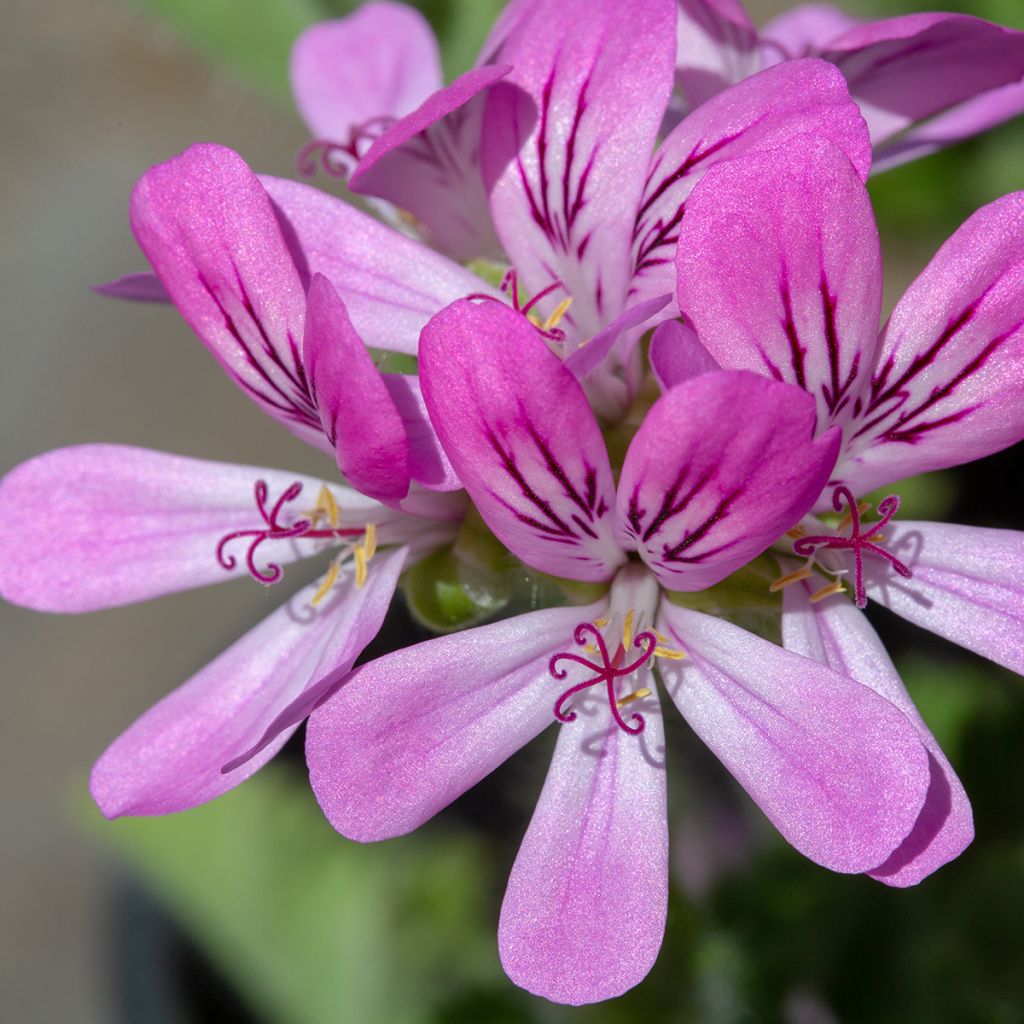

Pelargonium odorant Pink Capricorn - Géranium parfum rose coriandre
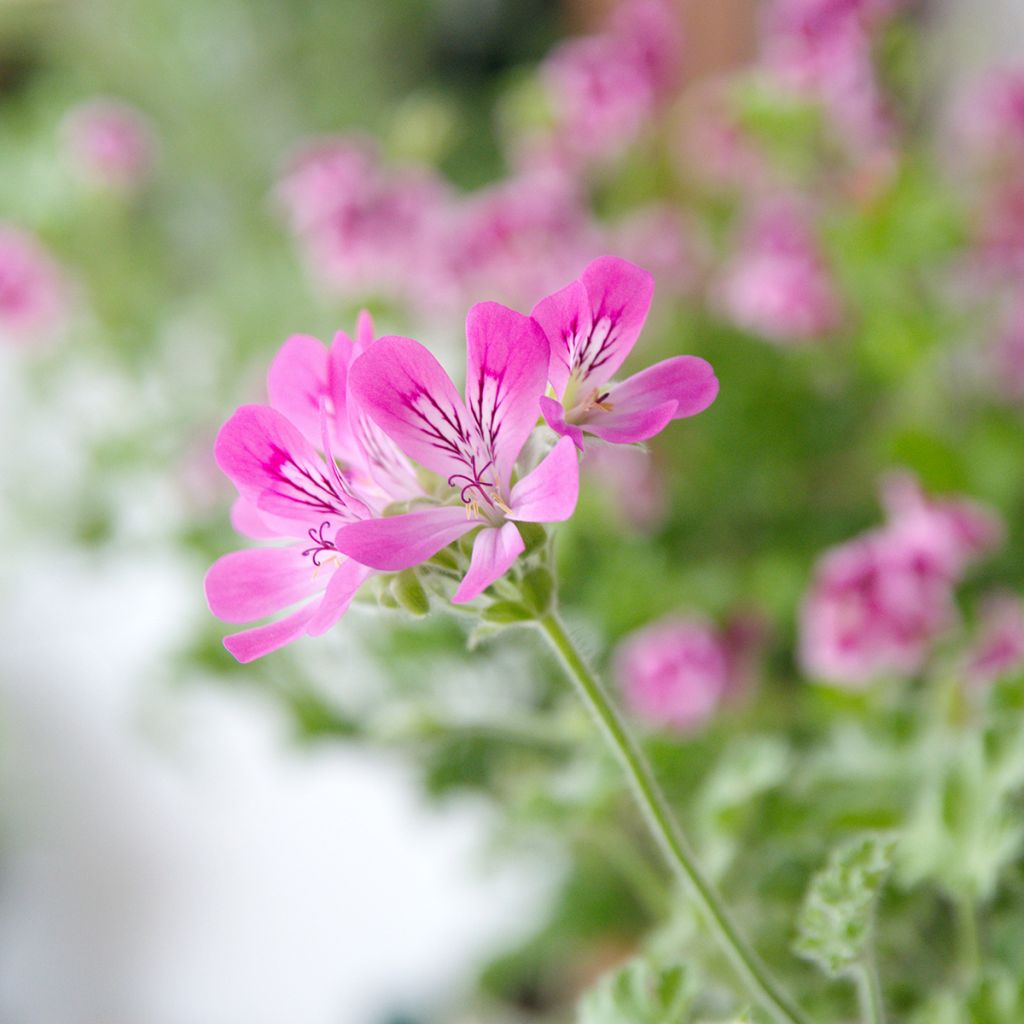

Pelargonium odorant Pink Capricorn - Géranium parfum rose coriandre
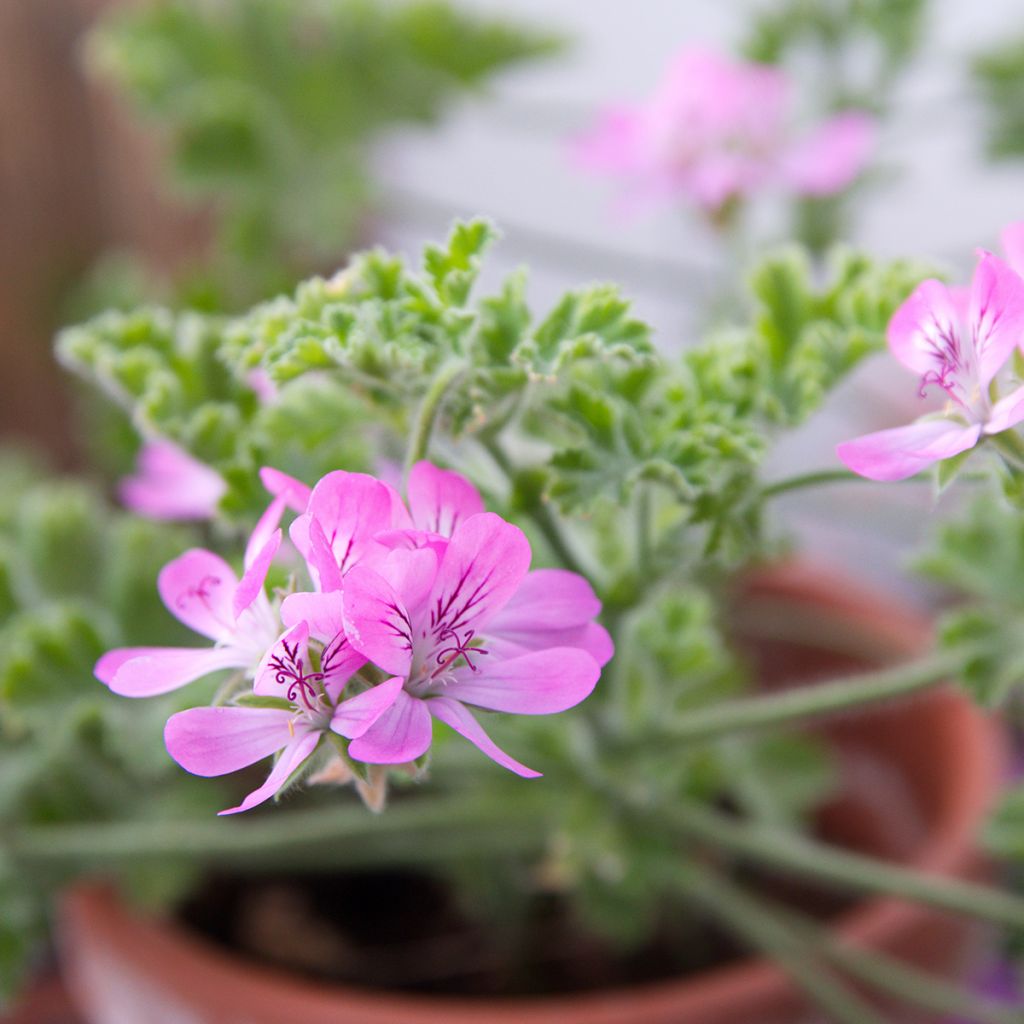

Pelargonium odorant Pink Capricorn - Géranium parfum rose coriandre
Pelargonium capitatum Pink Capricorn
Pelargonium x capitatum Pink Capricorn
Rose-scented geranium, Sweet-scented geranium
Special offer!
Receive a €20 voucher for any order over €90 (excluding delivery costs, credit notes, and plastic-free options)!
1- Add your favorite plants to your cart.
2- Once you have reached €90, confirm your order (you can even choose the delivery date!).
3- As soon as your order is shipped, you will receive an email containing your voucher code, valid for 3 months (90 days).
Your voucher is unique and can only be used once, for any order with a minimum value of €20, excluding delivery costs.
Can be combined with other current offers, non-divisible and non-refundable.
Home or relay delivery (depending on size and destination)
Schedule delivery date,
and select date in basket
This plant carries a 6 months recovery warranty
More information
We guarantee the quality of our plants for a full growing cycle, and will replace at our expense any plant that fails to recover under normal climatic and planting conditions.
Would this plant suit my garden?
Set up your Plantfit profile →
Description
The Pelargonium 'Pink Capricorn' is sometimes marketed under the name 'Pink Capitatum', incorrectly according to some, although it is undeniably descended from the beautiful botanical species Pelargonium capitatum, also known as the head-flowered pelargonium. This Pink Capricorn geranium forms a small shrub with a slightly spreading habit, covered with moss-green, lobed and undulate leaves, which emit a very beautiful rose-like fragrance, with a hint of coriander, when touched. It blooms abundantly until the first frost, and its very compact, deep pink flower umbels are extremely decorative above the foliage. Vigorous and generous, this pelargonium is easily cultivated in a pot, which allows it to be protected from frost in winter.
The Pelargonium capitatum grows spontaneously on the coasts of South Africa, it is a very robust and undemanding species that behaves in its native land as a pioneer plant. It is the origin of many aromatic hybrids cultivated for their rose-scented essential oils, including the Pelargonium 'Pink Capricorn'. It is a small perennial shrub belonging to the geranium family. Its bushy habit is supported by hairy stems, which lignify over time, allowing the plant to reach 50 cm (20in) in height with a spread of 60-70 cm (24-28in). The entire plant gives off a powerful rose-like scent, with more or less lemony notes, subtly spicy, or even aniseed depending on the nose smelling it. Its foliage, highly ornamental, is composed of cordate-based, 3-lobed, undulate, toothed, and villous leaves. The abundant flowering takes place from June to October, in the form of small dense heads containing several small flowers in fresh and vibrant pink tones, lighter in the centre. On each flower, which has 5 petals, the 2 upper petals, veined with garnet, are larger than the 3 lower petals. This plant is very sensitive to frost: it perishes below 0 °C (32°F).
With just a touch, the Pelargonium "Pink Capricorn" releases a powerful and magnificent fragrance. Extremely floriferous and beautifully coloured, this variety is one of our favorites, as you may have guessed. So plant it somewhere you can touch it: in a pot, on the terrace, along a path, or in the conservatory. We were captivated, one day after the rain, by a bed of fragrant geraniums and immersed ourselves in a symphony of delicate scents. On the Riviera o Mediterranean, where it never freezes, it is a magnificent plant that withstands summer drought and requires very little maintenance.
Pelargonium capitatum Pink Capricorn in pictures


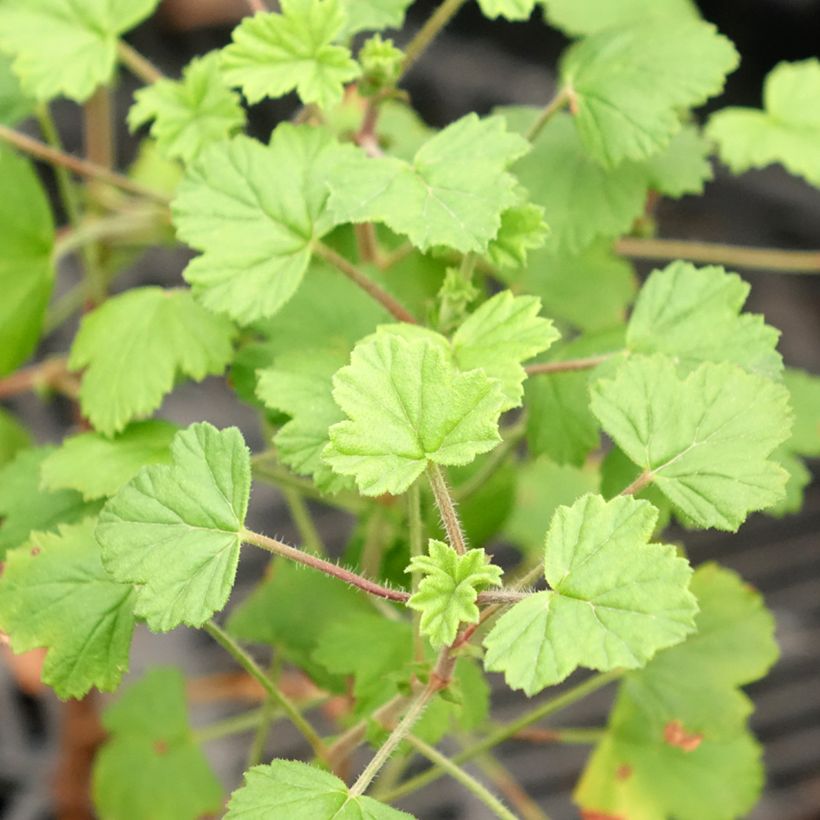

Flowering
Foliage
Plant habit
Botanical data
Pelargonium
x capitatum
Pink Capricorn
Geraniaceae
Rose-scented geranium, Sweet-scented geranium
Cultivar or hybrid
Other Pelargonium - Geranium
View all →Planting and care
Plant your seedlings in the open ground after the last frosts, in a sunny position. You can also plant them in pots in a sheltered location, which you can then take outdoors in May. If you plant them in the open ground, wait until the frosts have passed. Fragrant geraniums require well-drained soil, but not necessarily very rich soil. Water moderately. In pots, regular watering is necessary in summer. You can protect your geraniums by bringing them indoors, under a veranda or in a cold greenhouse or bright, unheated room in winter.
They can tolerate a light frost, but they will not survive the winter in the garden.
Planting period
Intended location
Care
Planting & care advice
This item has not been reviewed yet - be the first to leave a review about it.
Similar products
Haven't found what you were looking for?
Hardiness is the lowest winter temperature a plant can endure without suffering serious damage or even dying. However, hardiness is affected by location (a sheltered area, such as a patio), protection (winter cover) and soil type (hardiness is improved by well-drained soil).

Photo Sharing Terms & Conditions
In order to encourage gardeners to interact and share their experiences, Promesse de fleurs offers various media enabling content to be uploaded onto its Site - in particular via the ‘Photo sharing’ module.
The User agrees to refrain from:
- Posting any content that is illegal, prejudicial, insulting, racist, inciteful to hatred, revisionist, contrary to public decency, that infringes on privacy or on the privacy rights of third parties, in particular the publicity rights of persons and goods, intellectual property rights, or the right to privacy.
- Submitting content on behalf of a third party;
- Impersonate the identity of a third party and/or publish any personal information about a third party;
In general, the User undertakes to refrain from any unethical behaviour.
All Content (in particular text, comments, files, images, photos, videos, creative works, etc.), which may be subject to property or intellectual property rights, image or other private rights, shall remain the property of the User, subject to the limited rights granted by the terms of the licence granted by Promesse de fleurs as stated below. Users are at liberty to publish or not to publish such Content on the Site, notably via the ‘Photo Sharing’ facility, and accept that this Content shall be made public and freely accessible, notably on the Internet.
Users further acknowledge, undertake to have ,and guarantee that they hold all necessary rights and permissions to publish such material on the Site, in particular with regard to the legislation in force pertaining to any privacy, property, intellectual property, image, or contractual rights, or rights of any other nature. By publishing such Content on the Site, Users acknowledge accepting full liability as publishers of the Content within the meaning of the law, and grant Promesse de fleurs, free of charge, an inclusive, worldwide licence for the said Content for the entire duration of its publication, including all reproduction, representation, up/downloading, displaying, performing, transmission, and storage rights.
Users also grant permission for their name to be linked to the Content and accept that this link may not always be made available.
By engaging in posting material, Users consent to their Content becoming automatically accessible on the Internet, in particular on other sites and/or blogs and/or web pages of the Promesse de fleurs site, including in particular social pages and the Promesse de fleurs catalogue.
Users may secure the removal of entrusted content free of charge by issuing a simple request via our contact form.
The flowering period indicated on our website applies to countries and regions located in USDA zone 8 (France, the United Kingdom, Ireland, the Netherlands, etc.)
It will vary according to where you live:
- In zones 9 to 10 (Italy, Spain, Greece, etc.), flowering will occur about 2 to 4 weeks earlier.
- In zones 6 to 7 (Germany, Poland, Slovenia, and lower mountainous regions), flowering will be delayed by 2 to 3 weeks.
- In zone 5 (Central Europe, Scandinavia), blooming will be delayed by 3 to 5 weeks.
In temperate climates, pruning of spring-flowering shrubs (forsythia, spireas, etc.) should be done just after flowering.
Pruning of summer-flowering shrubs (Indian Lilac, Perovskia, etc.) can be done in winter or spring.
In cold regions as well as with frost-sensitive plants, avoid pruning too early when severe frosts may still occur.
The planting period indicated on our website applies to countries and regions located in USDA zone 8 (France, United Kingdom, Ireland, Netherlands).
It will vary according to where you live:
- In Mediterranean zones (Marseille, Madrid, Milan, etc.), autumn and winter are the best planting periods.
- In continental zones (Strasbourg, Munich, Vienna, etc.), delay planting by 2 to 3 weeks in spring and bring it forward by 2 to 4 weeks in autumn.
- In mountainous regions (the Alps, Pyrenees, Carpathians, etc.), it is best to plant in late spring (May-June) or late summer (August-September).
The harvesting period indicated on our website applies to countries and regions in USDA zone 8 (France, England, Ireland, the Netherlands).
In colder areas (Scandinavia, Poland, Austria...) fruit and vegetable harvests are likely to be delayed by 3-4 weeks.
In warmer areas (Italy, Spain, Greece, etc.), harvesting will probably take place earlier, depending on weather conditions.
The sowing periods indicated on our website apply to countries and regions within USDA Zone 8 (France, UK, Ireland, Netherlands).
In colder areas (Scandinavia, Poland, Austria...), delay any outdoor sowing by 3-4 weeks, or sow under glass.
In warmer climes (Italy, Spain, Greece, etc.), bring outdoor sowing forward by a few weeks.






























